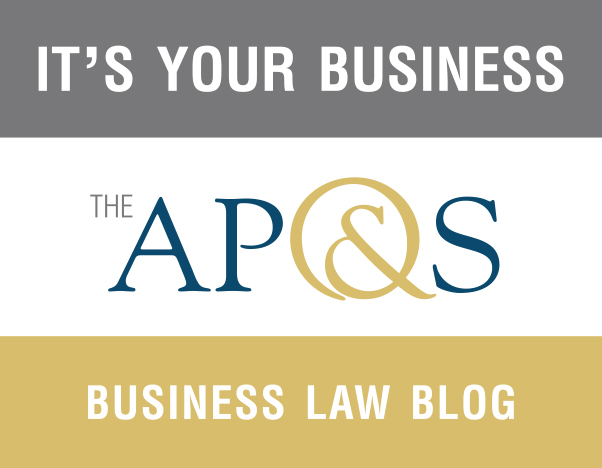“Neither a borrower nor a lender be . . . .”
Hamlet Act 1, scene 3, line 75
With all due respect to the great Bard, that simply isn’t possible in today’s business world. Even businesses that are not directly involved with loaning money often extend credit to their customers, whether intentionally or as a result of their customers falling behind on their payments. When faced with a customer’s payment delinquency, businesses often try to remedy the situation through a payment plan. Such plans present a mixed bag. They might, or might not, result in bringing the customer current. Furthermore, payment plans will not necessarily protect the business if the customer files for bankruptcy.
Under the Bankruptcy Code, 11 U.S.C. § 547, a payment that the debtor made to a creditor within 90 days of filing for bankruptcy, or within one year if the creditor is an “insider,” (the “preference period”) can be clawed back into the bankruptcy estate as a “preferential transfer” if the payment (1) was made on account of an antecedent debt, (2) while the debtor was insolvent, and (3) enabled the creditor to receive more than it would receive if the debtor were liquidated under Chapter 7 of the Bankruptcy Code.
Payments that are made under a payment plan and during the preference period could constitute preferential transfers under the Code. By definition, a payment plan is for antecedent debt, and if a payment plan is necessary, there’s a good chance the customer is insolvent. Given that creditors often receive pennies on the dollar in liquidation cases, payments under a payment plan probably provide more than the creditor would receive in a liquidation of the customer’s assets.
The Bankruptcy Code provides a number of exceptions that protect certain types of payments that could otherwise constitute preferential transfers. One exception, payments made in the ordinary course of business, might encompass payments under a payment plan if, inter alia, the debt was incurred under normal circumstances, the transaction was neither unusual nor extraordinary, and the terms of the payment plan are consistent with ordinary business terms in the industry. However, judicial decisions often turn on whether the payment plan is consistent with the parties’ conduct over the course of their business relationship, so if payment plans were not a common or regular part of the parties’ transactions, such plans could face rough treatment by a bankruptcy court.
An alternative to a payment plan is to obtain payment from a principal of the customer or from another third party. As such payments would not be from the debtor, the preferential transfer statute would not apply. A customer that was initially reluctant to agree to such an arrangement might change its mind if such terms are part of an overall restructuring of the business relationship.
From a business perspective, payment plans are a useful tool because they provide an opportunity to remedy a delinquent situation. However, if a business chooses to enter into a payment plan, it should do so with its eyes wide open and fully realizing that a subsequent bankruptcy could result in a clawback of payments made under the plan and within the preference period.
All the world may be a stage, but no business wants to play the fool. To protect your business, keep a close eye on accounts receivable, address delinquency problems sooner rather than later, and consider alternative payment arrangements for delinquent customers.







